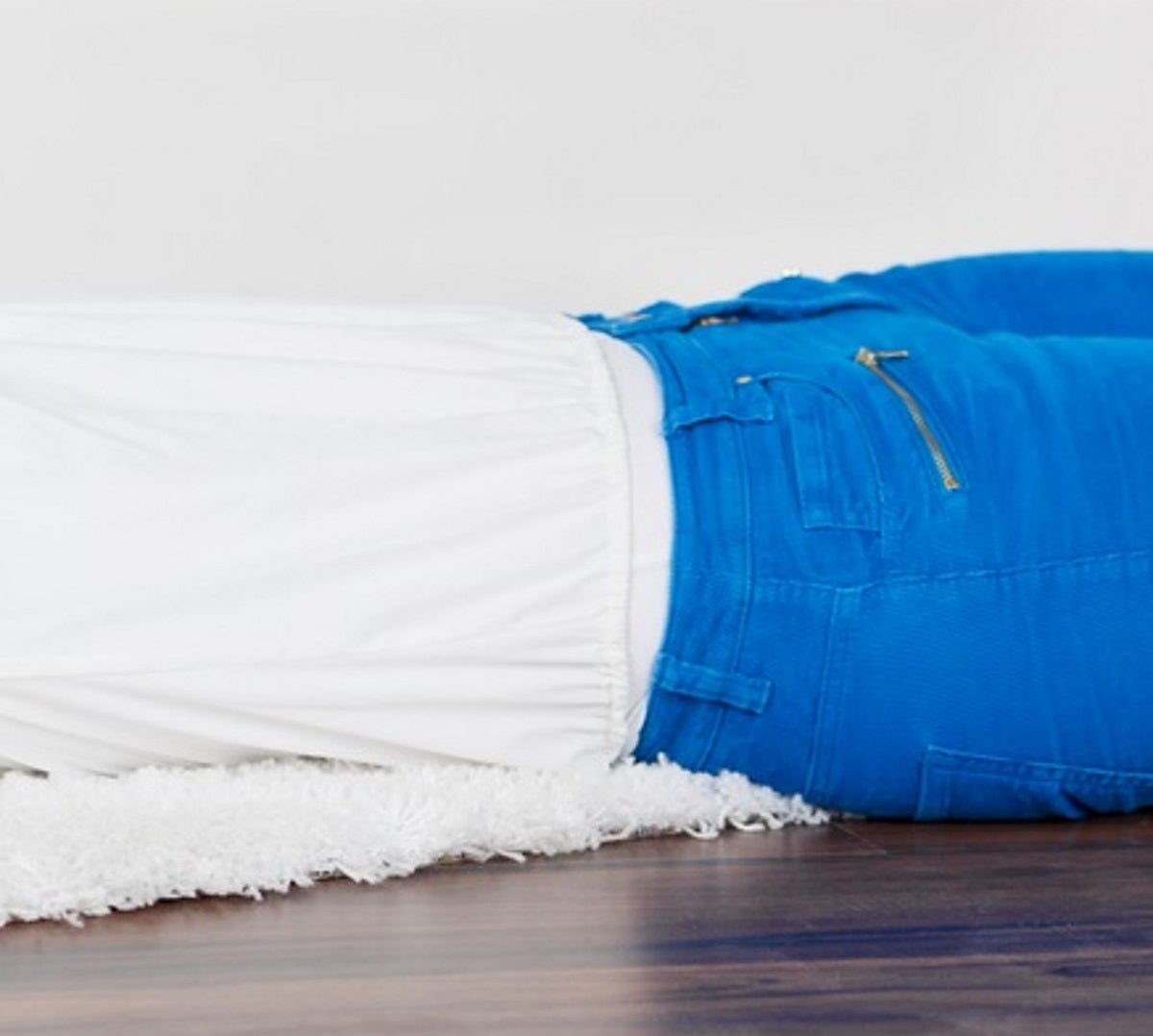Some Do’s and Don’t for Kegel Exercises
Although you may have heard of kegels, you may not have felt they were necessary for you unless you have had pelvic floor issues. Kegel exercises can be used to strengthen the pelvic floor, and they can be important following an abdominal surgery such as a hysterectomy. They can also be important to combat menopause related pelvic floor issues.
Three great reasons to be faithful with your kegels are stopping stress incontinence; heightening sexual response; and preventing prolapse. Here are some do’s and don’ts you can follow when doing your kegel exercises to help you achieve these benefits.
DO THIS
- Stop urination in midstream to identify the correct muscles.
- Alternate tightening and relaxing the muscles.
- Work up to 10 repetitions at a time.
- Work up to holding each repetition for 10 seconds.
- Concentrate on the muscles in your pelvic floor.
- Do your kegels 3 times a day.
- Make kegels part of your daily routine.
- Take time to learn to do kegels correctly.
DON’T DO THIS
- Don’t begin kegel exercises after surgery until released by your doctor.
- Don’t tighten muscles anywhere except your pelvic floor when doing kegel exercises.
- Don’t regularly use kegels to start and stop urination.
- Don’t continue kegel exercises if they cause pain.
- Don’t strain during kegel exercises.
- Don’t be inconsistent with your kegel exercises and routine.
- Don’t give up if it takes a while to work up to the ideal repetitions.
- Don’t hesitate to ask your doctor for advice.
Kegel exercises can be beneficial for a healthy pelvic floor, but it is important that you do them correctly. If you are unsure about what to do, talk to your doctor and ask for some helpful tips and instructions. Just as with any exercise plan, you need to work with a knowledgeable professional to be sure you aren’t doing more harm than good.
Browse through the HysterSisters Pelvic Floor and Bladder Issues Articles covering Post-hysterectomy pelvic floor information and help for alternative treatments and surgery options for bladder prolapse, vaginal prolapse, posterior prolapse.
This content was written by staff of HysterSisters.com by non-medical professionals based on discussions, resources and input from other patients for the purpose of patient-to-patient support. Reprinted with permission: Do This-Not That: Kegal Exercise







